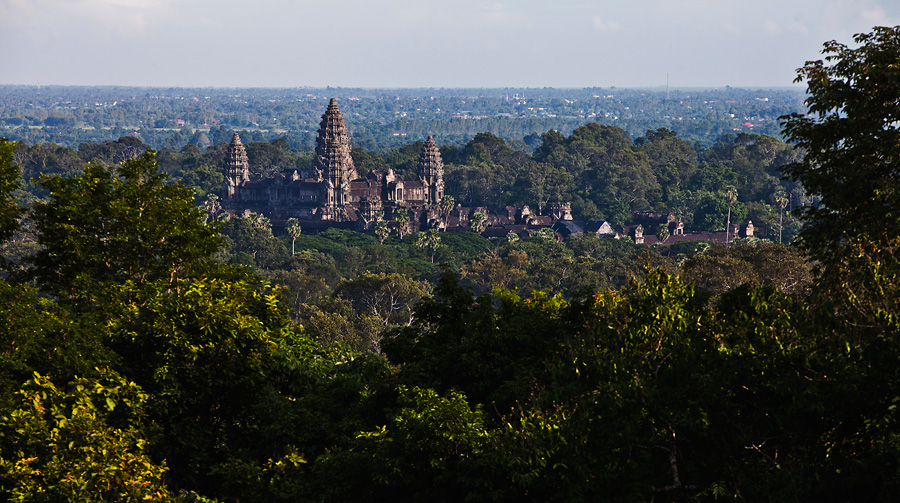Camobodia – Life After Khmer Rouge Genocide
Walking the long wooded path towards Beng Melea Temple, I heard a mild sound of music coming through the air. It grew on me as I closed-in to its source – a bunch of uniformed men on a raised platform not far from the temple entrance. From a distance, something appeared to be wrong. As I got nearer, I realized that some of them were missing an arm, some were blind and some wore artificial limbs. A sign nearby informed that they were the victims of Cambodia’s landmine problem, making a living playing music for the tourists visiting the temples. There were music CDs available for $10 or if you did not want to buy one, you could always sit and listen and leave a donation.

Angkor Wat Temple in the tropical jungles of Cambodia. On the approach to some of the temples in the region, you will meet musicians who were victims of landmines planted across Cambodia in the seventies and eighties.
This was my first encounter of victims of Khmer Rouge’s days. From the days of civil war many decades ago, landmines buried across the country, especially in border areas, had claimed thousands of victims. Although a large number of them have been de-mined now with great effort, they still lurk in the remote jungles and occasionally explode on an unsuspecting rambler.